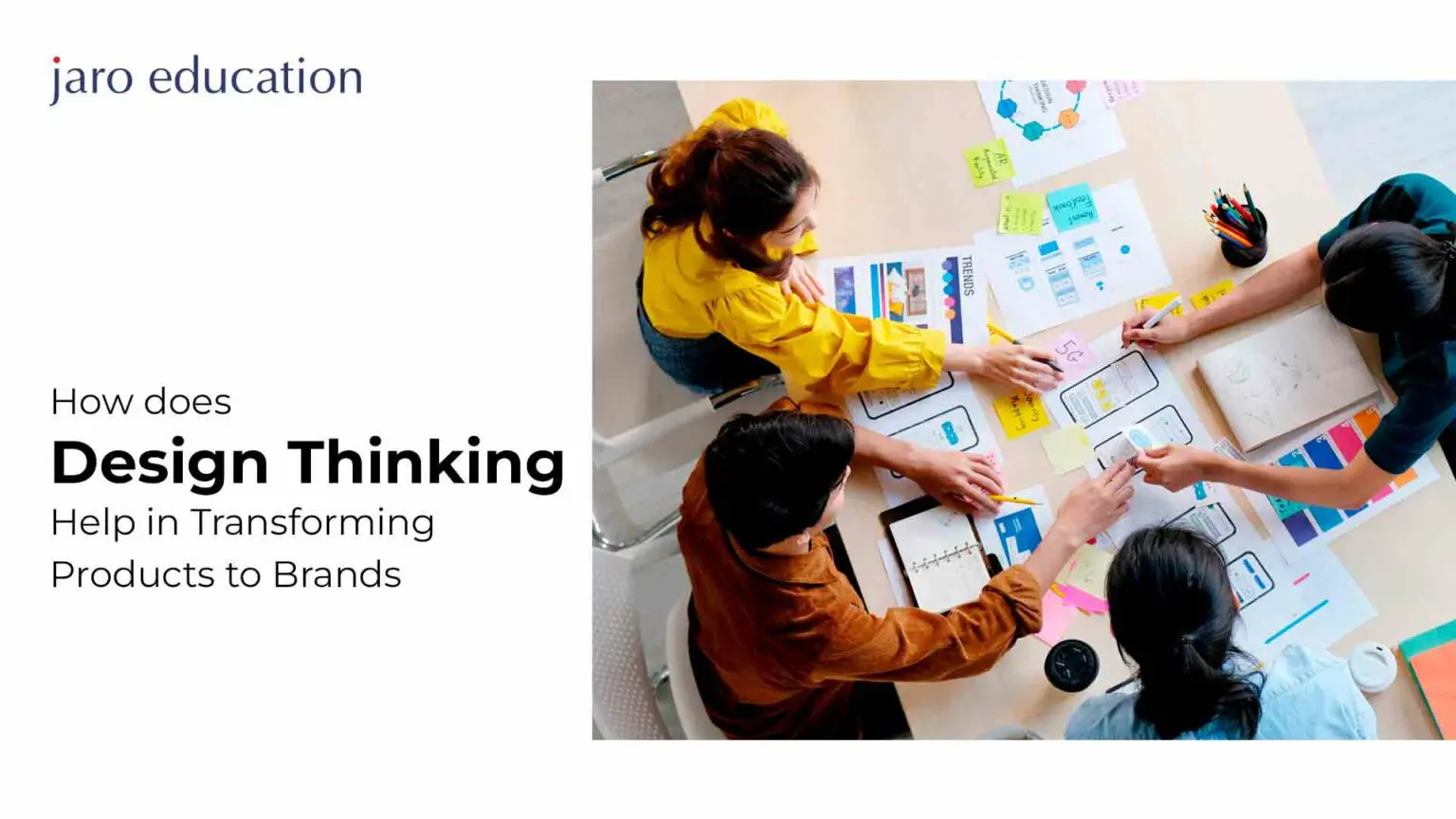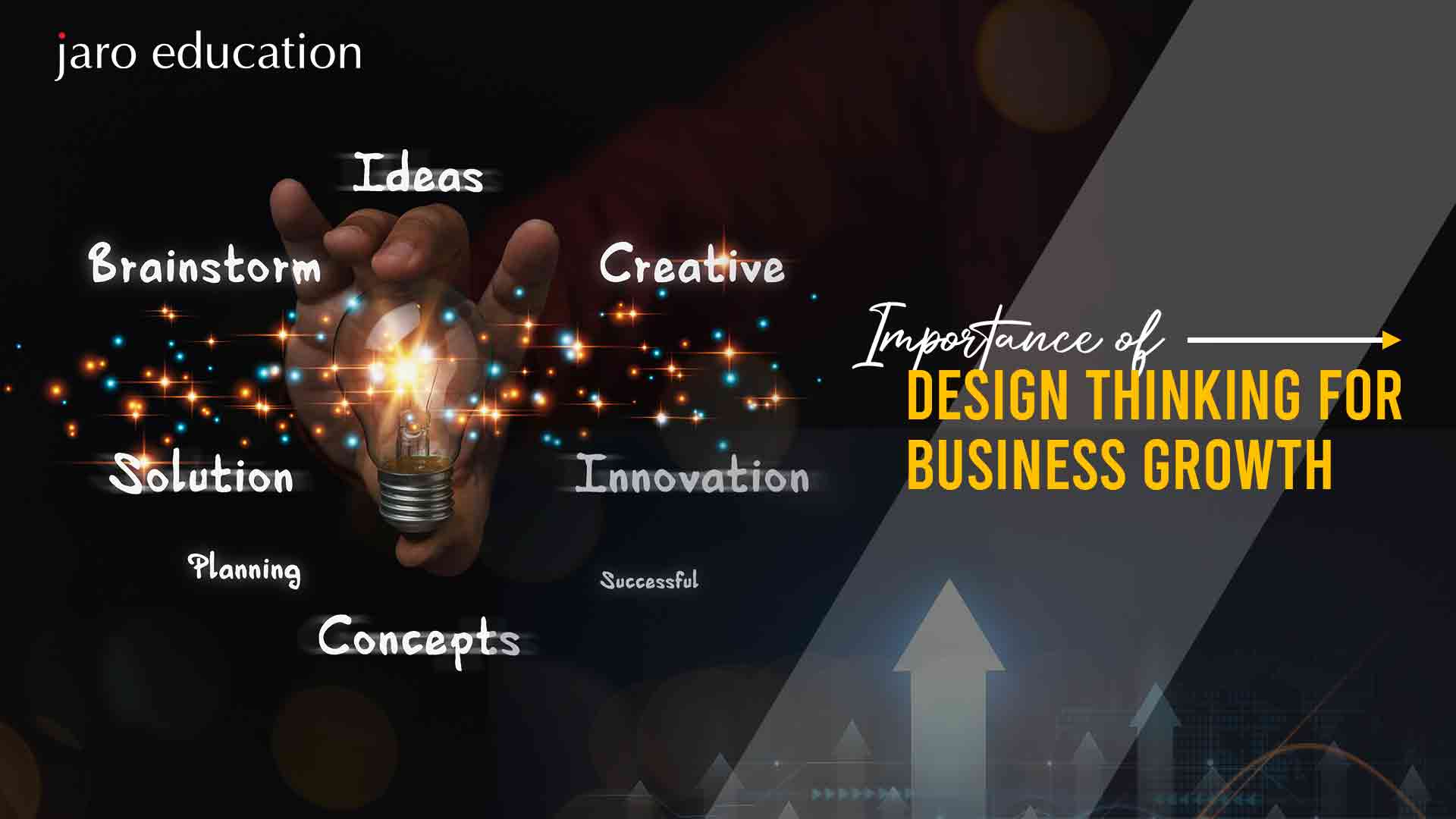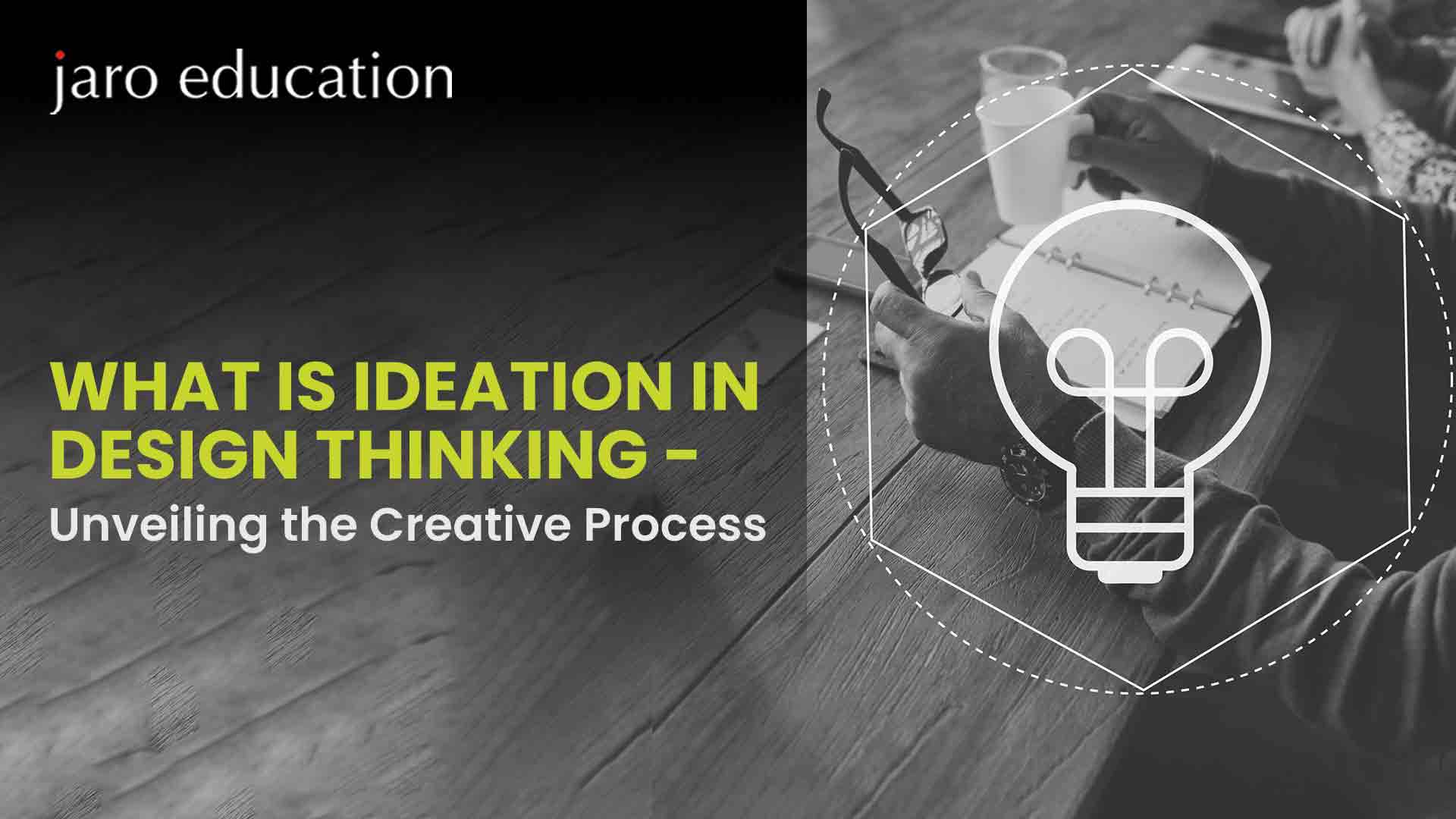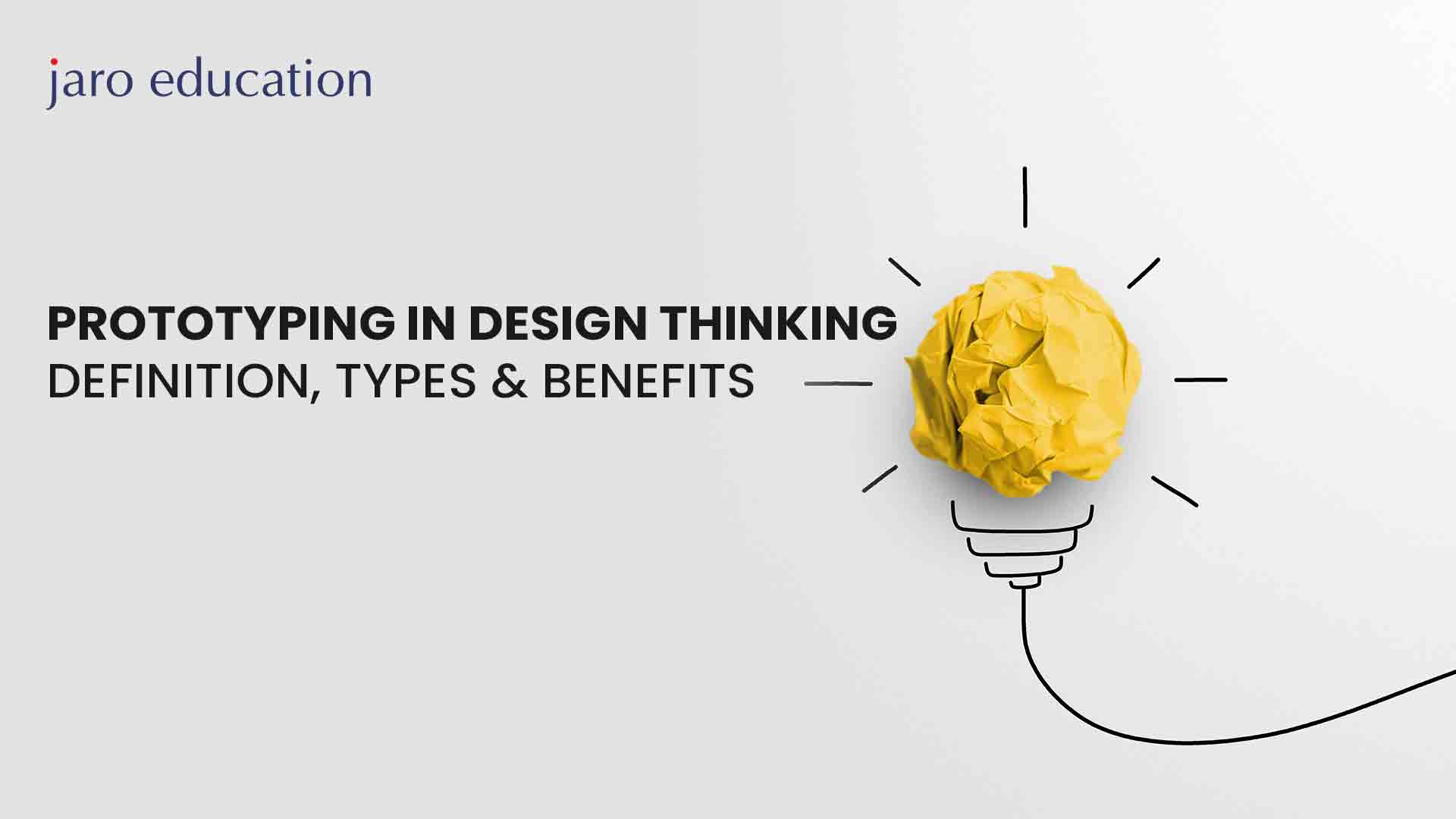How does Design Thinking Help in Transforming Products into Brands
Table of Contents

- jaro education
- 25, July 2023
- 9:35 am
Design thinking is a human-centred approach to problem-solving that involves empathizing with the end-users, defining the problem, ideating potential solutions, prototyping and testing those solutions; and iterating, based on the feedback. This methodology has gained popularity in recent years due to its ability to produce innovative and effective solutions that meet the needs of the users.
Design thinking is essential in product development because it helps teams to focus on the needs of the user rather than solely on the technical aspects of the product. By utilizing design thinking, teams can create products that are not only functional but also emotionally resonant, leading to increased user satisfaction and loyalty.
In addition, design thinking help teams approach problems collaboratively and sequentially, reducing the risk of creating products that fail to meet user needs. This approach can save time and resources by identifying potential issues early in the development process and addressing them before the product is launched.
Understanding the Basics of Design Thinking
Design thinking methodology is a process that involves five stages: Empathize, Define, Ideate, Prototype, and Test.
Empathize
In this stage, designers seek to understand the user’s need, wants, and pain points. They should observe, interview, and gather information to gain insights into the user’s perspective.
Define
Based on the insights gathered during the empathy stage, designers define the problem they are trying to solve. This stage involves analyzing the information collected and synthesizing it into a clear and concise problem statement.
Ideate
In this stage, designers generate a wide range of ideas and potential solutions to the problem statement. They brainstorm, ideate, and collaborate to explore different options.
Prototype
In this stage, designers create a tangible representation of their ideas. This could involve creating sketches, mockups, or physical prototypes to test and refine their concepts.
Test
Finally, designers test their prototypes with users and gather feedback to evaluate how well their solutions meet user needs. They iterate on their prototypes based on feedback received, and start the process again until a final solution is developed.
By utilizing these five stages of design thinking, a product development team can approach problems in a user-focused, collaborative, and iterative manner, leading to the creation of products that better meet the needs of their target audience.
Building a Brand Through Design Thinking
Design thinking can play a crucial role in building a brand. It can help teams to create a brand that resonates with users and stands out in the marketplace. Here’s how:
Understanding user needs
Design thinking emphasizes empathy, which means taking the time to understand the user’s needs, wants, and pain points. By understanding the user, teams can create a brand that speaks directly to their target audience and creates an emotional connection with them.
Developing a clear brand identity
Design thinking can help teams to develop a clear brand identity that aligns with the company’s value and mission. By defining the brand’s personality, tone, and visual identity, teams can create a brand that is distinctive and memorable.
Creating innovative and effective brand experiences
Design thinking can help teams to create innovative and effective brand experiences across all touchpoints, from packaging to advertising to customer service. By approaching each touchpoint from the user’s perspective, teams can create experiences that are engaging, intuitive, and memorable.
Prototyping and testing brand experiences
Design thinking encourages teams to prototype and test their ideas early and often. This can help teams to refine their brand experiences and ensure that they meet user needs and expectations. By testing with users, teams can identify potential issues and make necessary improvements before launching their brand.
Overall, design thinking can help teams to create a brand that is user-focused, innovative, and effective. By following the design thinking process, teams can approach brand building in a collaborative and iterative manner, leading to a brand that stands out in the marketplace and resonates with users.
Case Studies
Airbnb
This company used design thinking to create a platform that connects travelers with local hosts. The design thinking process involved empathizing with travelers, defining the problem of finding affordable and authentic accommodation, ideating solutions, prototyping and testing the platform, and at the end iterating it, based on the user feedback.
Apple
Apple’s design thinking process involves focusing on user experience, simplicity, and attention to detail. The company’s products are known for their intuitive interfaces and elegant design.
Nike
Nike used design thinking to create innovative products that met the needs of athletes. The company’s design thinking process involves empathizing with athletes, defining their needs, ideating potential solutions and so on.
Thus, design thinking can help companies create successful brands by prioritizing the user experience and developing innovative and effective products or services. The process encourages collaboration, empathy, and experimentation, leading to a brand that stands out in the marketplace and resonates with users.
To get a deep insight into the design thinking and product innovation, you must check PG Level Certificate Programme in Product Innovation & Design Thinking for Business Growth, offered by CEP, IIT Delhi. This programme is taught by faculty members of IIT Delhi and industry experts who bring a wealth of experience in product innovation and design thinking.and delivers through a mix of lectures, case studies, hands-on exercises, and group discussions, etc.












